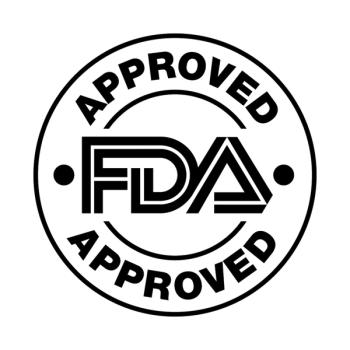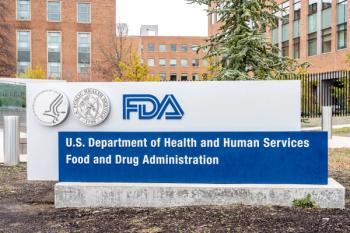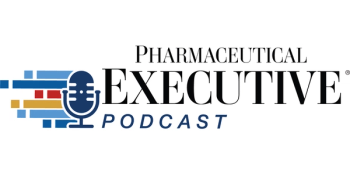
Glaxo Wellcome motivates reps to take charge of their education
When Glaxo Inc. and Burroughs Wellcome Co. merged two years ago to form Glaxo Wellcome Inc., the new company realized it needed to combine dissimilar career advancement processes into one simple, uniform program.
When Glaxo Inc. and Burroughs Wellcome Co. merged two years ago to form Glaxo Wellcome Inc., the new company realized it needed to combine dissimilar career advancement processes into one simple, uniform program.
In the process, Glaxo Wellcome created a continuing education program that places a representative's responsibility for learning directly in his or her hands.
Here's how it works: In order for a representative to move from one position level to another, he or she must satisfy a variety of criteria, including sales performance, tenure and training.
The training criteria requires reps to develop lifelong professional skills by attending courses, seminars and preceptorships; listening to audio tapes; watching instructional videos; completing CMR quiz series in Pharmaceutical Representative; or otherwise improving their knowledge in programs that their managers agree are relevant.
Each type of activity is accorded a certain number of credits. A rep must complete a certain number of credits before he or she can even be considered for an advancement. Some programs have evaluations or certifications upon completion; others do not.
"We basically trust them to complete the things they say they have completed," said Dave Durham, Glaxo Wellcome's manager of instructional development. "It's a requirement for advancement. Anyone who wants to get promoted starts earning credits."
Early on, Durham said, reps didn't have enough options for home-study programs. That's why the CMR series of articles that appear in Pharmaceutical Representative were added to the list of approved materials. "The quizzes were added eight months ago," Durham said. "The articles are on timely issues and the content of the articles are good. They're concise enough that you don't have to invest a lot of time in them."
Durham said he also liked that the articles are a continuing effort spread out over a three-month time period. "You build on what you read the previous time in the next issue," he said.
Keeping track of earned credits is a responsibility that falls on the individual representative as well. They must update their personal records as they appear in the company's corporate database through their own Macintosh laptops. This forces them to improve or at least maintain fundamental computer training.
The program may change in 1998 to improve the flow of administrative information and offer more flexible, simplified, personalized options to representatives.
Ultimately, then, the rep is responsible for identifying what courses are appropriate to take. The individual rep decides his or her destiny and whether or not he or she gets promoted. PR
Newsletter
Lead with insight with the Pharmaceutical Executive newsletter, featuring strategic analysis, leadership trends, and market intelligence for biopharma decision-makers.





